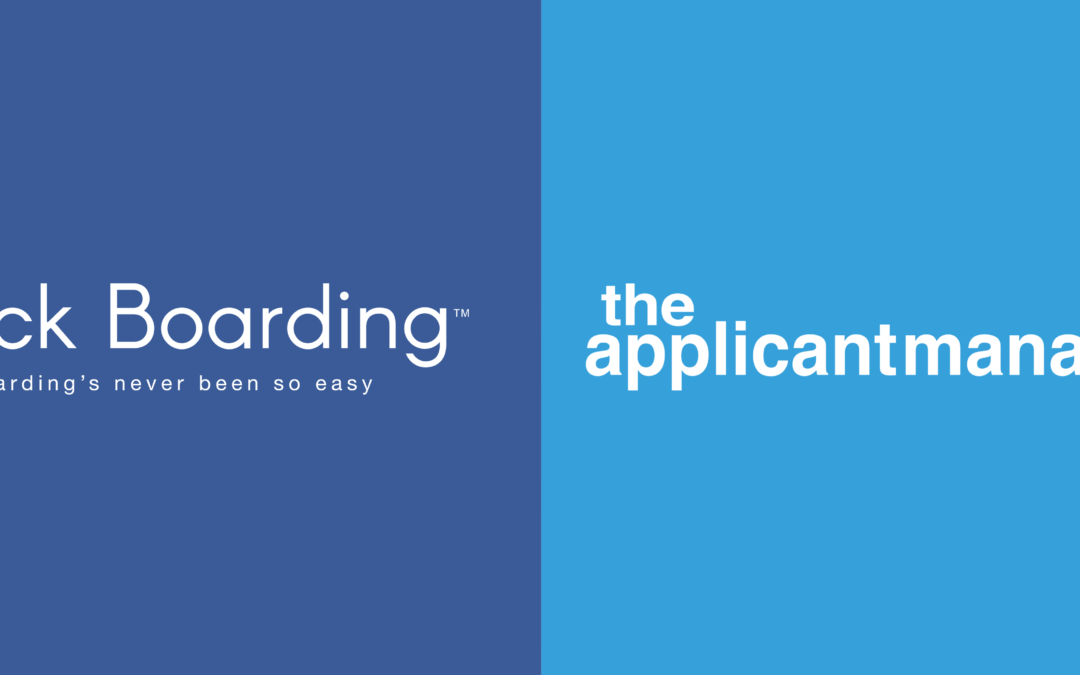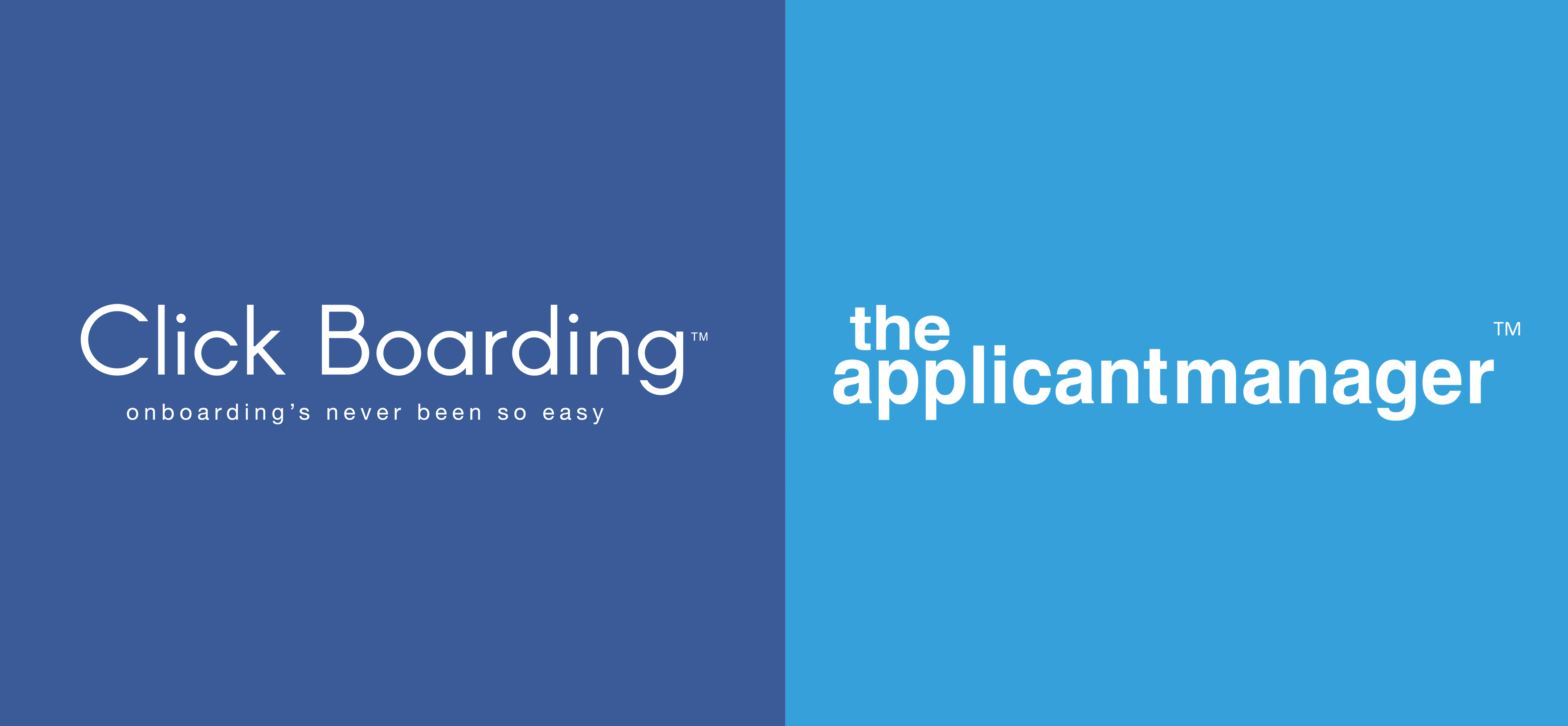Hiring top talent is one of the most critical responsibilities of any organization, yet it often takes far longer than expected. Many hiring managers and HR personnel find themselves frustrated by the delays, inefficiencies, and bottlenecks that seem to plague the...











 This week wraps up our five-part series on
This week wraps up our five-part series on 
